7 Things You Should Know About HPE, Dell And Lenovo's Brutal Server Market Q3

Server Vendors 'Need To Improve Their Value Proposition'
The worldwide server market took a turn for the worse in the third quarter, registering declines in revenue and shipments in nearly every region of the world, according to Gartner Inc., and undermining the modicum of stability it enjoyed in the second quarter.
The third quarter declines offer the market's major vendors a warning: "Server providers will need to reinvigorate and improve their value proposition to help end users justify server hardware replacements and growth if they hope to drive the market back into a positive state," Jeffrey Hewitt, Gartner research vice president said in a statement.
Vendors like HPE, Dell, Lenovo and IBM ran up against customers' conservative buying habits and "the ability of end users to leverage additional virtual machines on existing x86 servers (without new hardware) to meet their server application needs," Hewitt said.
The trend is being felt by solution providers, too. For example, Datalink, a large solution provider and systems integrator, reported a year-over-year third quarter revenue decline of 7 percent accompanied by an earnings drop of 58 percent.
Gartner released Q3 server market stats Wednesday. Click through to see the key points.

The Big Picture
Worldwide server revenue declined 5.8 percent year-over-year, and shipments declined 2.6 percent over the same period, Gartner said. Of the market's top five vendors, only Cisco increased revenue in the third quarter. Shipments declined in all regions except Eastern Europe, which posted growth of 0.9 percent. Revenue declined in all regions except Japan, where it increased 1.3 percent. The market for x86 servers declined 2.3 percent in shipments and 1.6 percent in revenue in the third quarter, Gartner said. Only Huawei and Inspur Electronics experienced growth.

Not Long Ago…
In the second quarter, the worldwide server market eked out a little bit of growth, registering a 2 percent increase in shipments year-over-year, and a 0.8 percent revenue decline. Still, the market saw widespread declines in both shipments and revenue, propped up only by the relative strength of the North American and Asia Pacific markets.
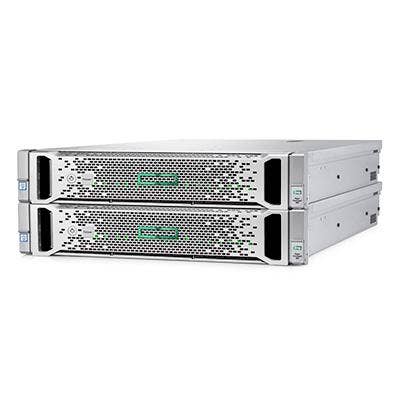
HPE Tops The Market Despite Double-Digit Declines
After giving up the top spot in shipments in the second quarter, HPE regained the lead in that category as well as worldwide server revenue, shipping 493,268 units during the quarter and booking $3.25 billion in revenue as a result. However, those numbers represent declines of 19.5 percent and 11.8 percent, respectively. HPE claimed a 25.5 percent revenue market share in the quarter and a 18.3 percent market share in shipments.
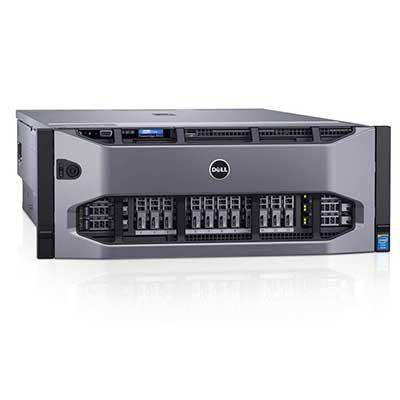
Dell: Shipments, Revenue Down For No. 2 Player
Dell, the No. 2 player in the worldwide server market, shipped 452,383 units during the quarter, a 9.8 percent decline year-over-year. The company, which completed its $58 billion acquisition of storage powerhouse EMC in early September, booked $2.2 billion in server revenue in the quarter, a decline of 7.9 percent. Dell's results gave the company a 16.8 percent market share in shipments and 17.5 percent market share in revenue.
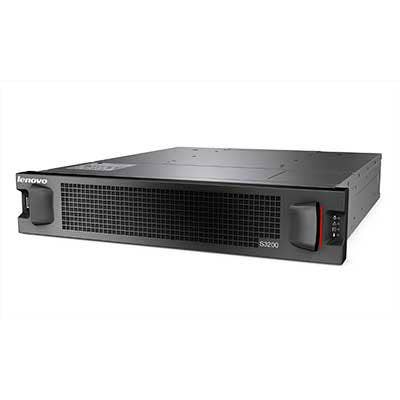
Lenovo Lands At No. 3 Amid Declines
Lenovo, the China-based PC giant saw third quarter server shipments decline 5.7 percent year-over-year to 228,097 and revenue fall 6.7 percent year-over-year to about $994 million. The quarter's revenue was enough for a 7.8 percent market share. Lenovo's shipments total gave it an 8.5 percent share.
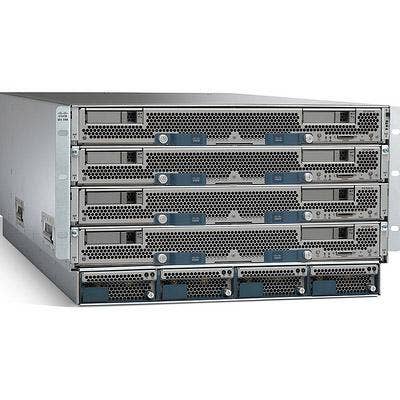
Cisco, The Only Vendor To Grow Server Revenue In Q3
Networking kingpin Cisco doesn’t sell nearly as many servers as its competitors, but in the third quarter, it managed to grow server revenue 5 percent year-over-year to $929 million. That was good for a 7.3 percent market share, and it put the company within striking distance of Lenovo.
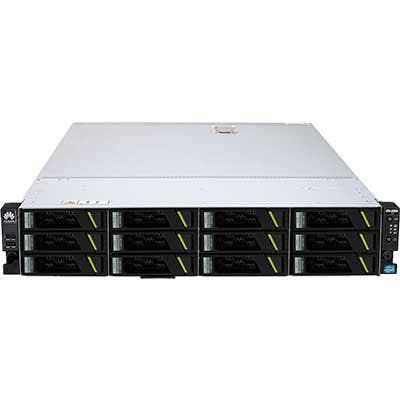
Huawei And Inspur Moving Products, Making Gains
The only two major server vendors to post increases in shipments in the third quarter were China-based Huawei and Inspur Electronics. Though the two company ship far fewer units than the market's top players, 163,355 and 119,943, respectively, each saw shipments grow more than 20 percent year-over-year. Huawei's shipments increased 21.8 percent while Inspur's grew 20.6 percent.